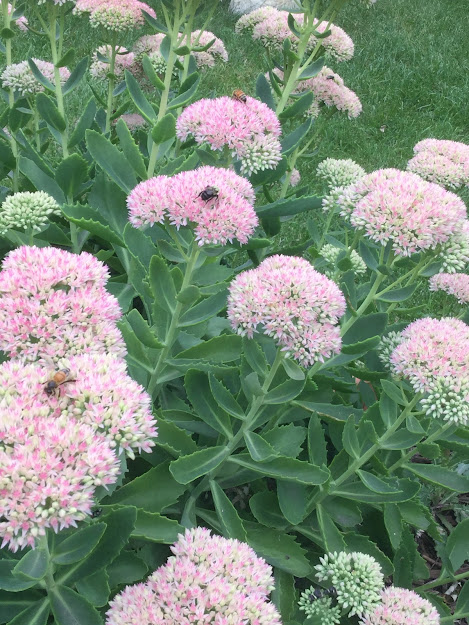My first biography of John F. Kennedy was a comic book. One image that has always remained in my memory is of the Kennedy family at the dinner table, father Joe quizzing his children on current events.
My family never talked about current events or politics at the dinner table. When my school friend Christine asked if my family was going to vote for Kennedy I was clueless. I had never heard of him. Then she asked if we were Democrats, but I had never heard of them either. Finally, in exasperation, she asked if we were Catholic or Protestant, because if we were Catholic we were voting for Kennedy, and if we were Protestant we were going to hell.
In great duress, I ran home to ask mom these vital questions. In one moment I learned of our politics, our religion, and eternal damnation.
I was in sixth grade when my teacher took told us the president had been shot and sent us directly home. All those long blocks I fretted, feeling vulnerable, wondering if the Soviets could take over since we had no president to protect us. I remember gathering in my grandparents' living room, watching the black horse and carriage as it passed Carolyn and John and black-veiled Jackie.
 |
| souvenir Kennedy scarf |
Every home had Kennedy souvenirs, a book, a photograph.
Over the years his image was tarnished. We doubted his authoring of his Pulitzer Prize winning book
Profiles in Courage (which I unsuccessfully tried to read as an early teen). There was his multitude of affairs before and after marriage. We heard that his daddy bought his political offices. We doubted his leadership, blamed him for Vietnam.
Who was the real John F. Kennedy?
I opened volume one of Fredrik Logevall's biography
JFK hoping to understand this man, this icon, this American president.
It is a marvelous study of the man in context of his times and his family, from his childhood to his decision to seek the presidency.
Plagued with health problems, careless about his person, a man of great intelligence and inquisitiveness and charm, a womanizer, a workaholic, a man of unquestionable courage, a family man who did not hesitate to veer from his father's beliefs, the real Jack Kennedy was complicated and everything you thought he was and somehow more than what you thought he was.
Believe the hype about this book. I enjoyed it as a biography and as an exploration of the times and the political process. I look forward to reading the next part.
I received a free egalley from the publisher through NetGalley in exchange for a fair and unbiased review.
JFK: Coming of Age in the American Century, 1917-1956
by Fredrik Logevall
Random House Publishing Group - Random House
Pub Date September 8, 2020
ISBN: 9780812997132
hardcover $40.00 (USD)
from the publisher
A Pulitzer Prize–winning historian takes us as close as we have ever been to the real John F. Kennedy in this revelatory biography of the iconic, yet still elusive, thirty-fifth president.
“An utterly incandescent study of one of the most consequential figures of the twentieth century.”—Jill Lepore, author of These Truths: A History of the United States
By the time of his assassination in 1963, John F. Kennedy stood at the helm of the greatest power the world had ever seen, a booming American nation that he had steered through some of the most perilous diplomatic standoffs of the Cold War. Born in 1917 to a striving Irish American family that had become among Boston’s wealthiest, Kennedy knew political ambition from an early age, and his meteoric rise to become the youngest elected president cemented his status as one of the most mythologized figures in American history. And while hagiographic portrayals of his dazzling charisma, reports of his extramarital affairs, and disagreements over his political legacy have come and gone in the decades since his untimely death, these accounts all fail to capture the full person.
Beckoned by this gap in our historical knowledge, Fredrik Logevall has spent much of the last decade searching for the “real” JFK. The result of this prodigious effort is a sweeping two-volume biography that properly contextualizes Kennedy amidst the roiling American Century. This volume spans the first thirty-nine years of JFK’s life—from birth through his decision to run for president—to reveal his early relationships, his formative experiences during World War II, his ideas, his writings, his political aspirations. In examining these pre–White House years, Logevall shows us a more serious, independently minded Kennedy than we’ve previously known, whose distinct international sensibility would prepare him to enter national politics at a critical moment in modern U.S. history.
Along the way, Logevall tells the parallel story of America’s midcentury rise. As Kennedy comes of age, we see the charged debate between isolationists and interventionists in the years before Pearl Harbor; the tumult of the Second World War, through which the United States emerged as a global colossus; the outbreak and spread of the Cold War; the domestic politics of anti-Communism and the attendant scourge of McCarthyism; the growth of television’s influence on politics; and more.
JFK: Coming of Age in the American Century, 1917–1956 is a sweeping history of the United States in the middle decades of the twentieth century, as well as the clearest portrait we have of this enigmatic American icon.




























